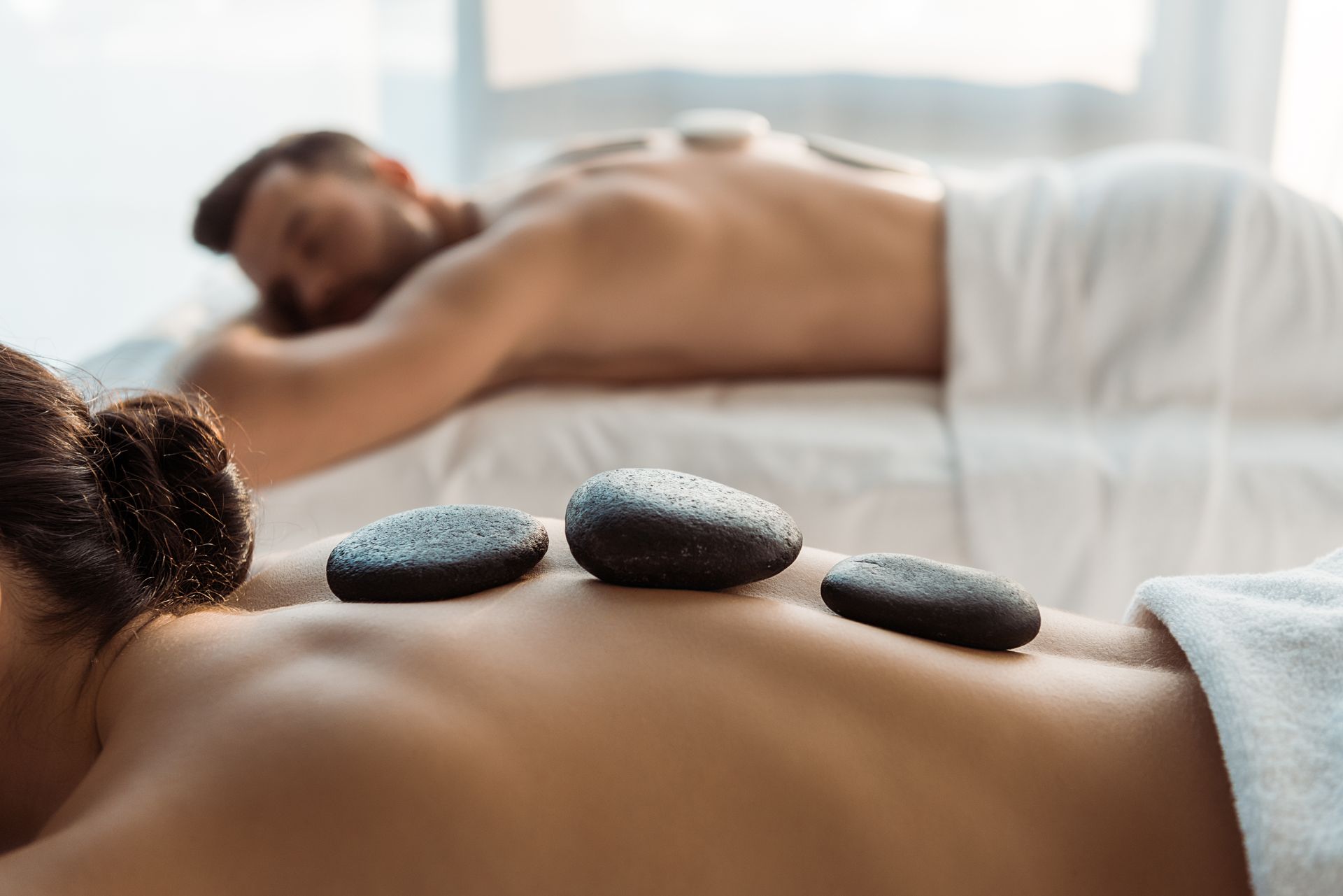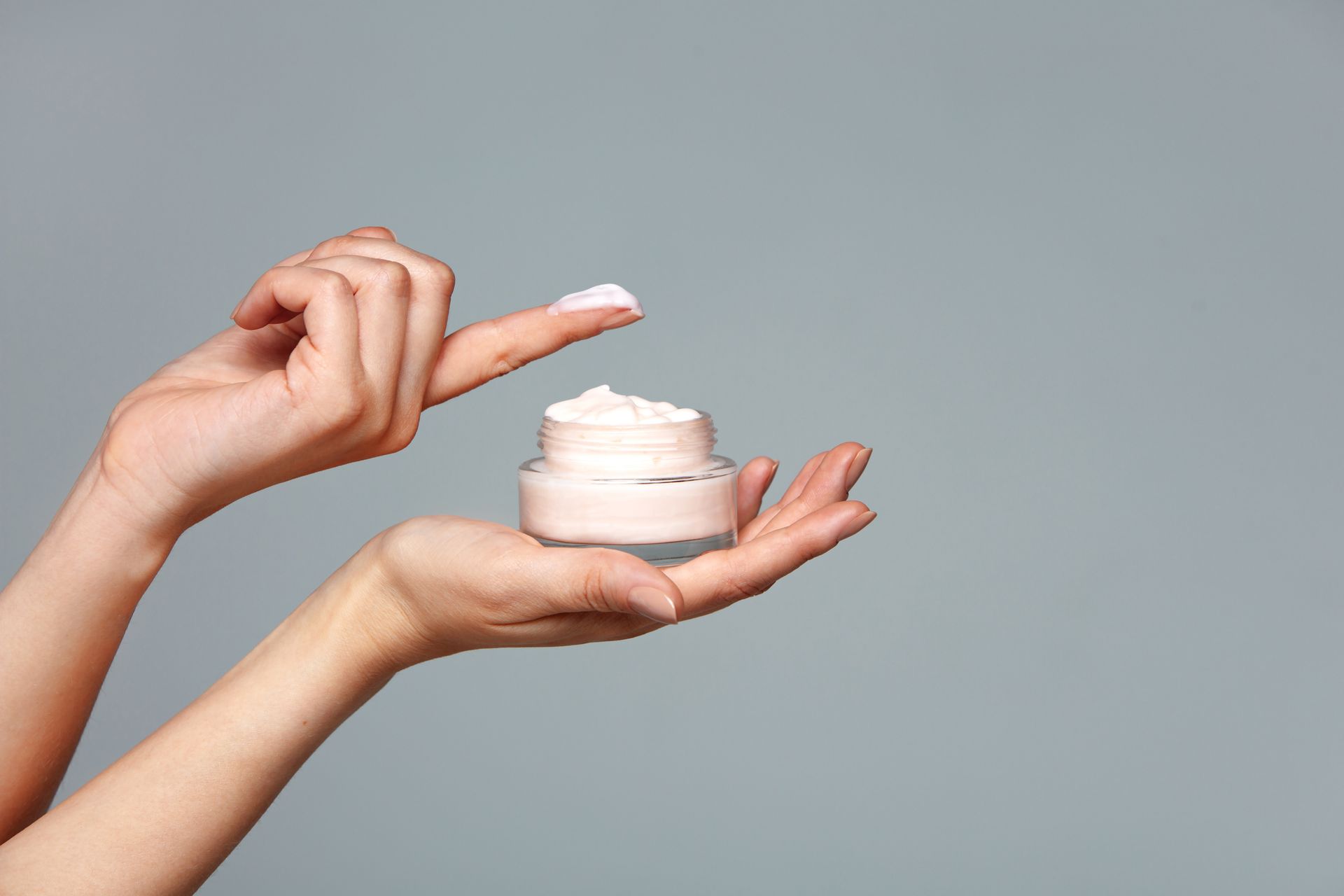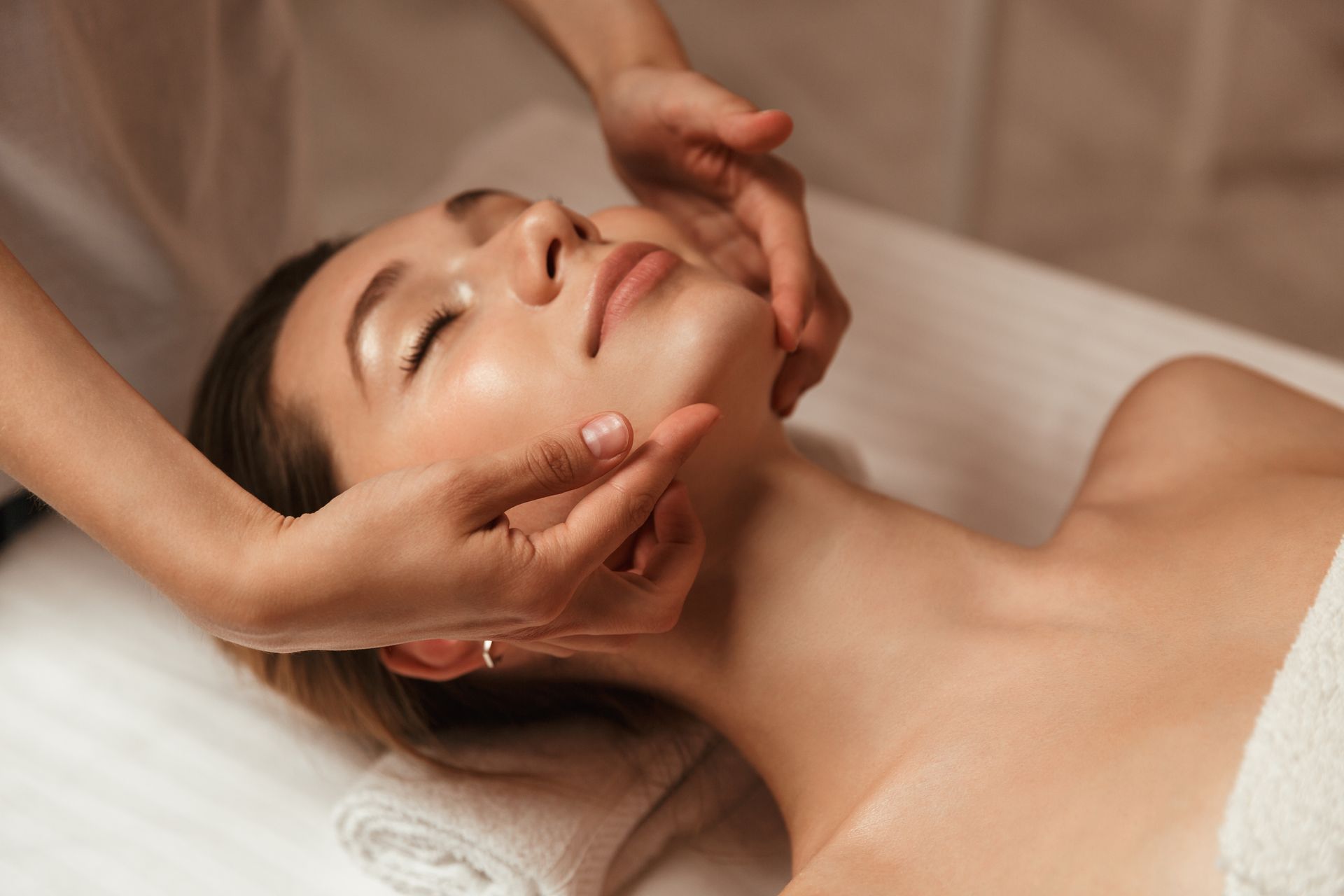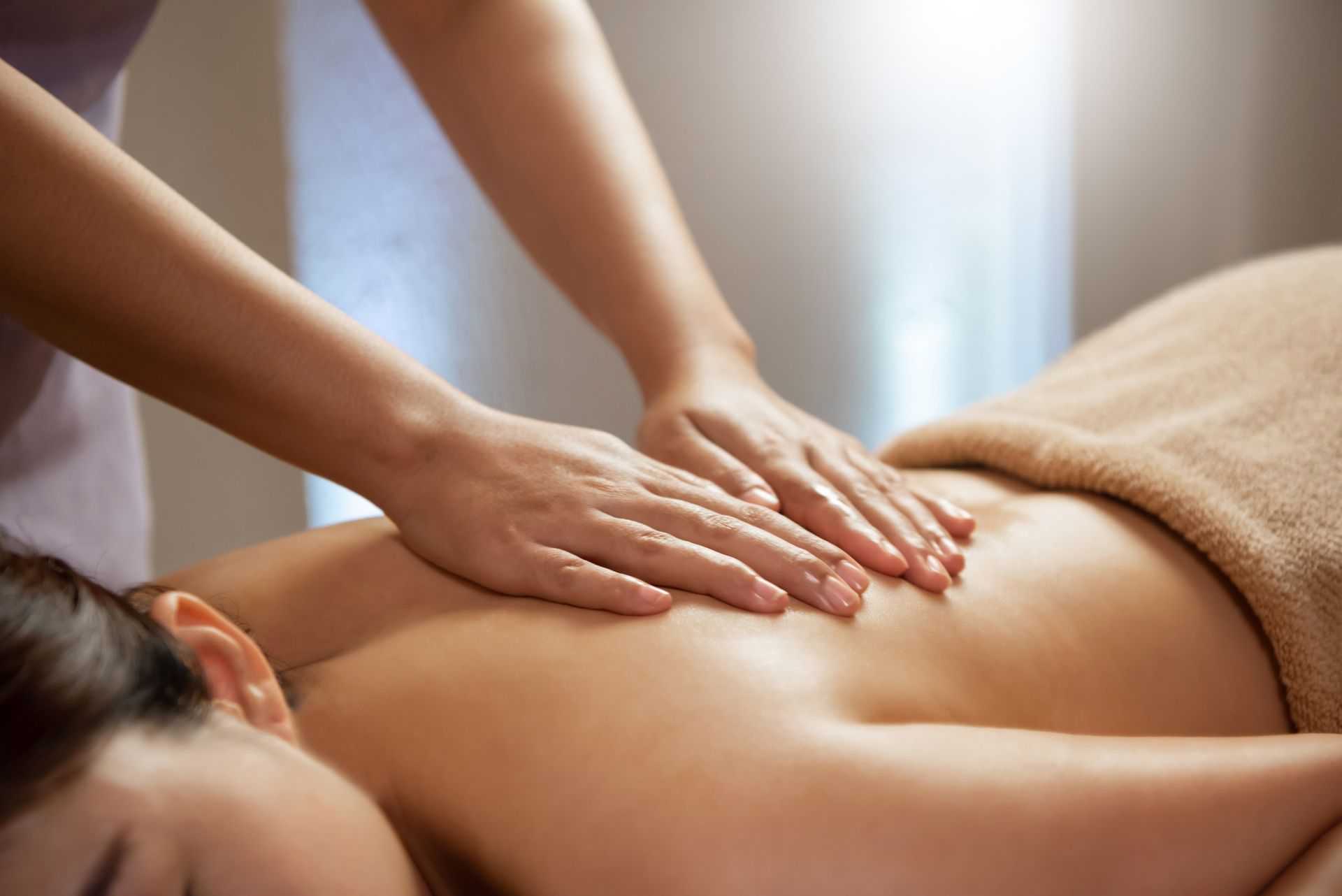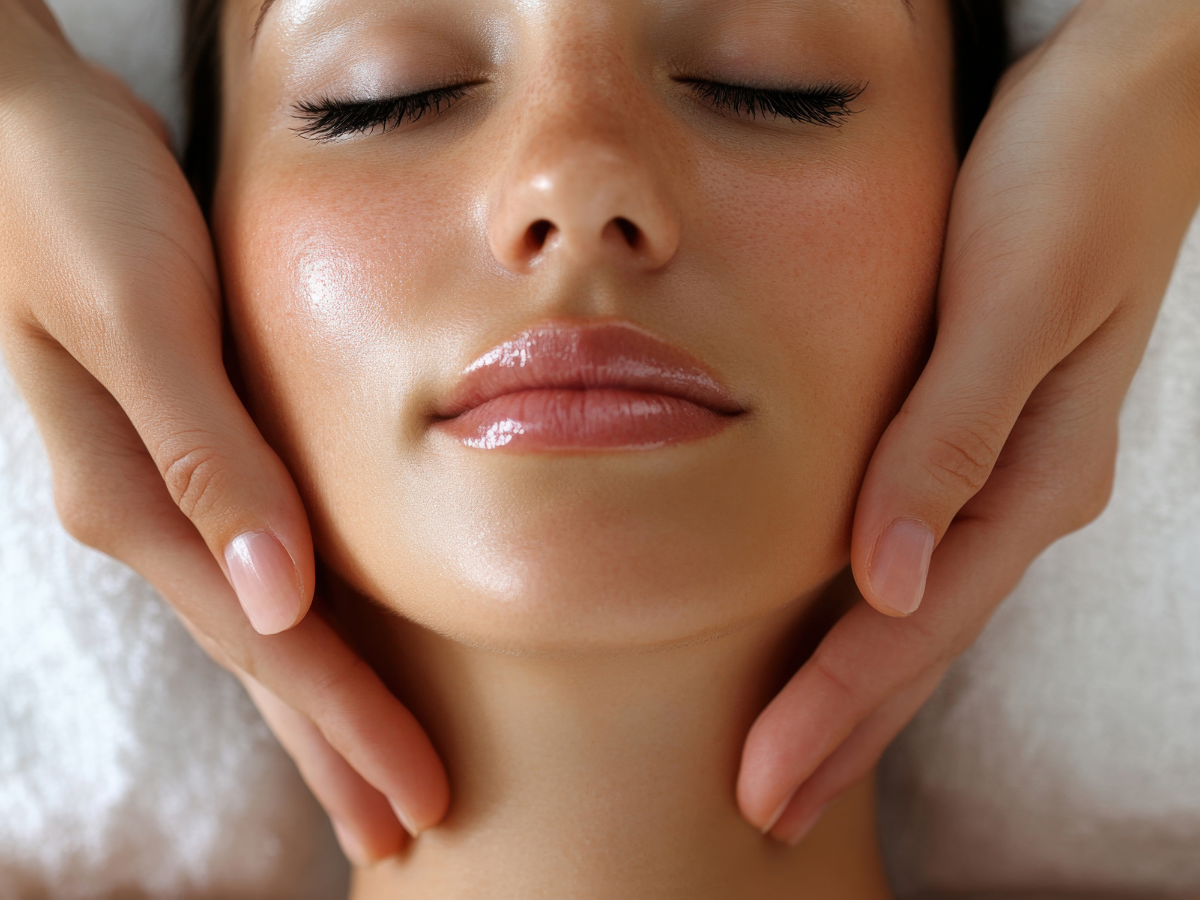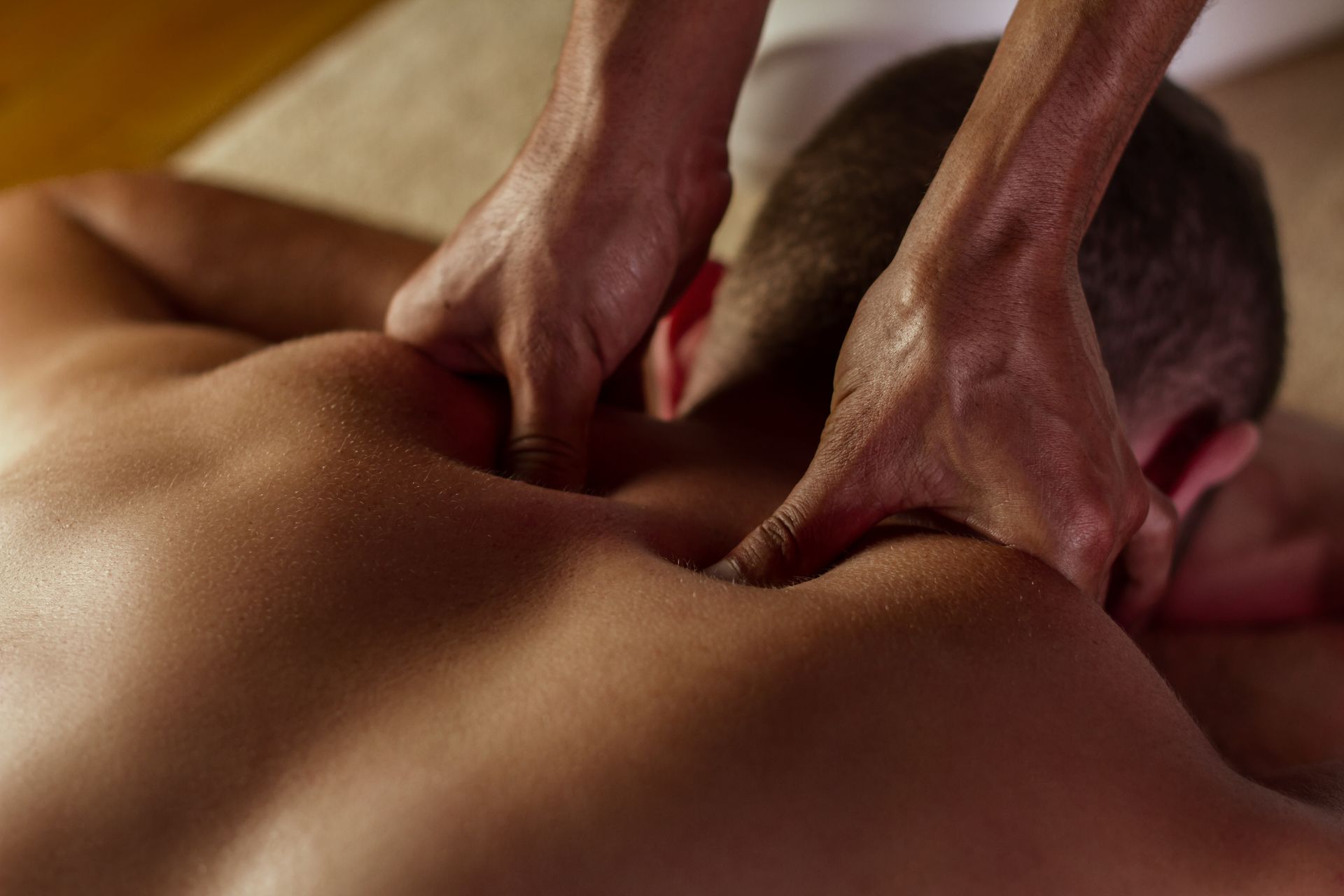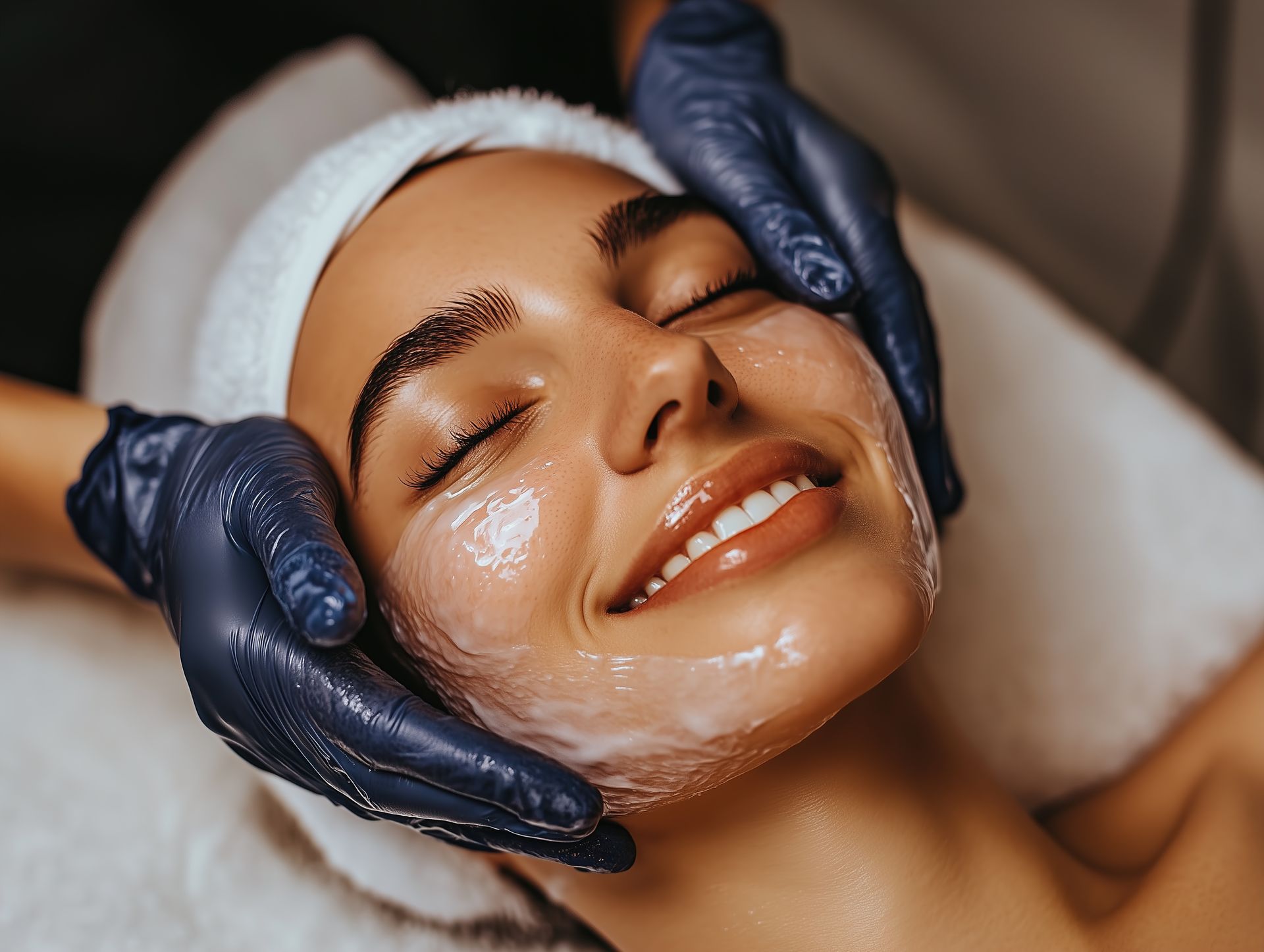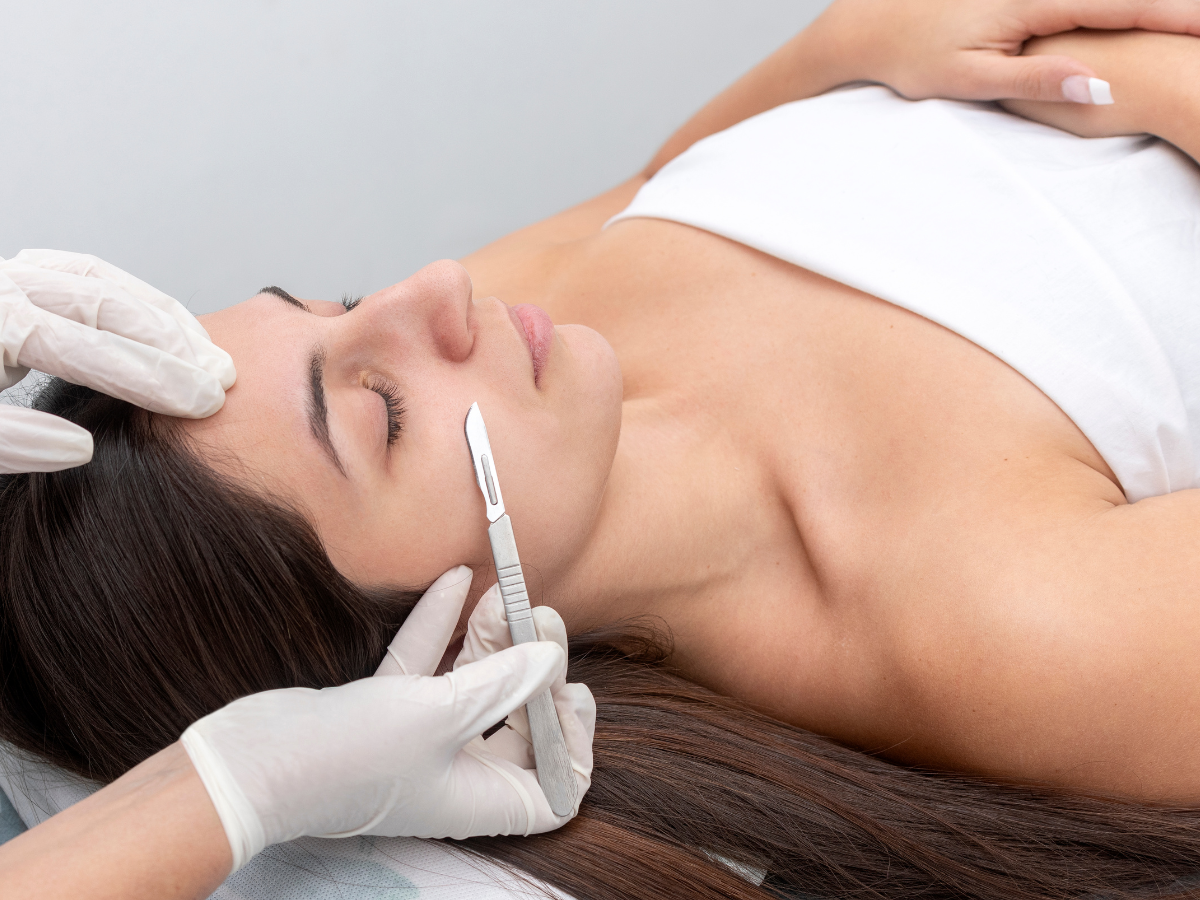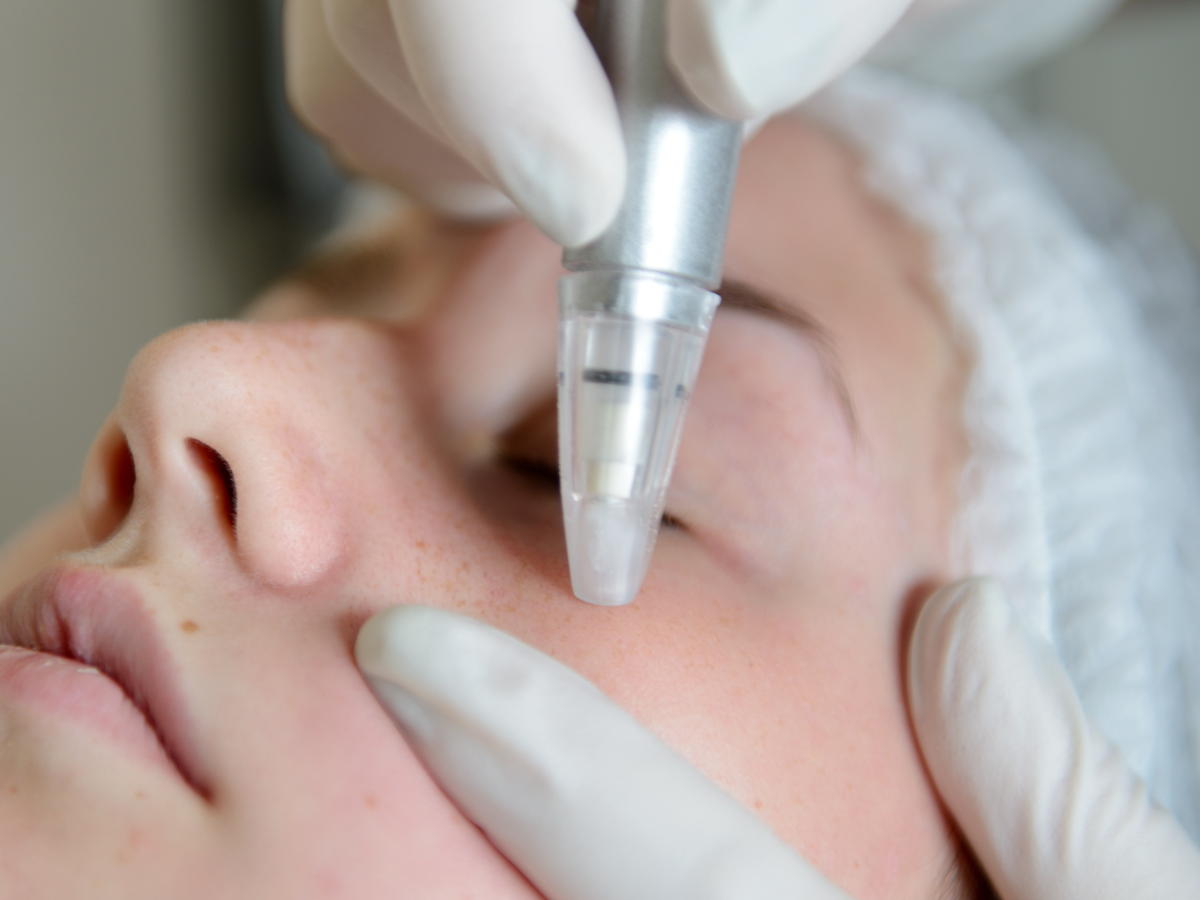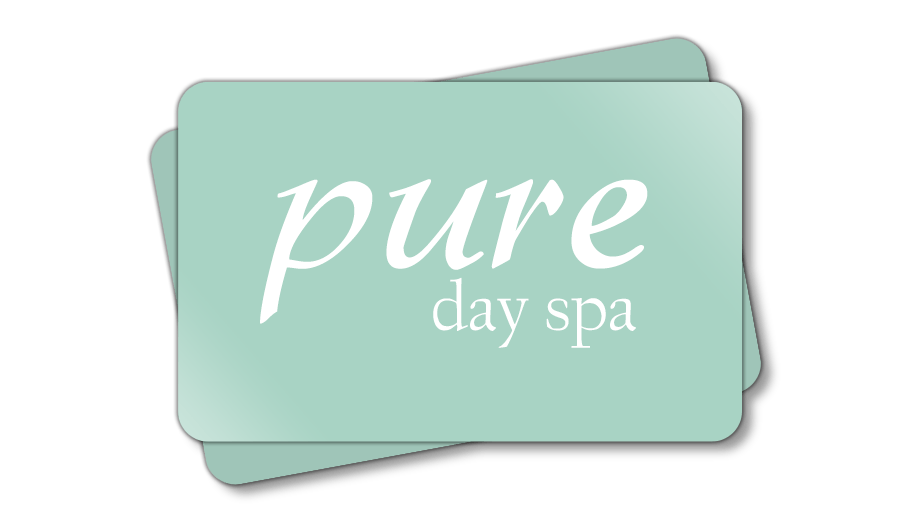How Often Should I Get a Massage for Muscle Recovery?
The Role of Massage in Muscle Recovery
Whether you’re an athlete, a gym enthusiast, or simply dealing with everyday tension, massage therapy is one of the most effective ways to aid muscle recovery. It promotes blood circulation, reduces inflammation, and helps flush out lactic acid—allowing your muscles to heal and perform at their best. But one of the most common questions clients ask is, “How often should I get a massage for recovery?”
The answer depends on your activity level, body needs, and overall wellness goals.
Massage Frequency Based on Activity Level
1. Athletes and Active Individuals
If you exercise regularly, lift weights, or play sports, a massage every 1–2 weeks can help maintain muscle flexibility and prevent strain. Sports or deep tissue massages target tight areas, helping reduce soreness and improve range of motion. Consistent sessions also lower the risk of injury by keeping muscle fibers healthy and relaxed.
2. Moderate Exercisers or Active Lifestyles
For those who work out a few times a week or maintain a physically demanding job, scheduling a massage every 2–3 weeks is ideal. This frequency gives your muscles time to recover between sessions while maintaining flexibility and comfort.
3. Sedentary or Stressed Individuals
Even if you’re not highly active, stress and poor posture can cause muscle tightness. A monthly massage can relieve tension, improve circulation, and support overall wellness—especially if you spend long hours sitting or working at a desk.
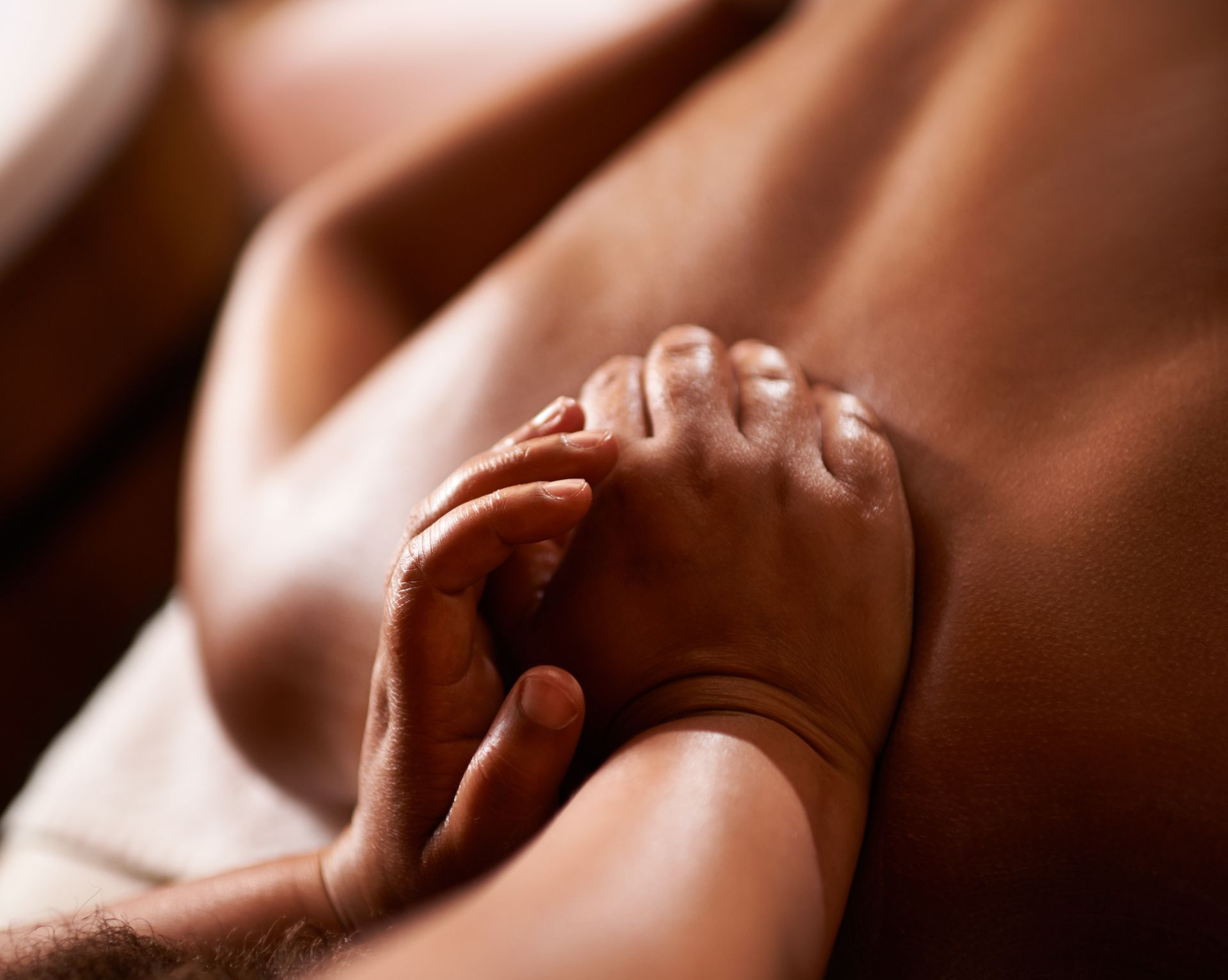
Signs You May Need More Frequent Massage
- Persistent muscle soreness or stiffness
- Decreased flexibility or movement range
- Poor workout recovery time
- Frequent tension headaches or fatigue
If you notice these symptoms, you may benefit from increasing your massage frequency or alternating between deep tissue and Swedish massage techniques for balanced results.
Types of Massage for Muscle Recovery
- Deep Tissue Massage: Targets chronic muscle tension and knots.
- Sports Massage: Ideal for athletes before or after training.
- Hot Stone Massage: Relaxes muscles deeply while increasing circulation.
- Swedish Massage: Promotes relaxation and overall muscle wellness.
Conclusion
Regular massage therapy is one of the best investments in your body’s long-term performance and comfort. For consistent muscle recovery, consider scheduling sessions every 2–4 weeks and adjusting based on your activity level. The skilled massage therapists at Pure Day Spa can create a customized treatment plan to keep your body relaxed, restored, and ready for whatever comes next.

